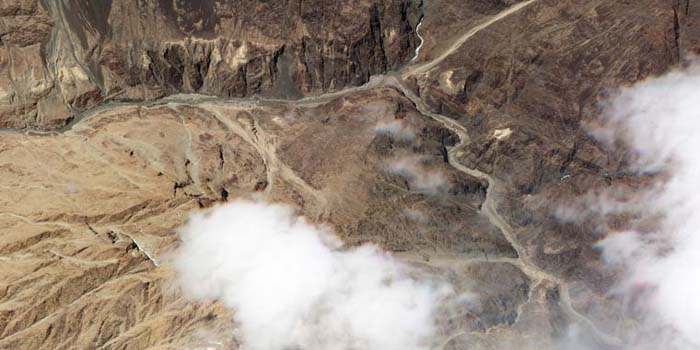New Delhi, December 02:
The Chinese government had planned the clash with Indian troops in Galwan Valley in June, which resulted in the death of 20 Indian soldiers and unspecified Chinese casualties, a US commission has concluded in a new report to Congress.
The US-China Economic and Security Review Commission, in the report submitted on December 1, described the nearly eight-month-long India-China standoff along the Line of Actual Control (LAC) as the “most severe border crisis in decades”.
Referring to the “massive physical brawl in the Galwan Valley” between People’s Liberation Army (PLA) and Indian troops on June 15, the report said, “Some evidence suggested the Chinese government had planned the incident, potentially including the possibility for fatalities. For instance, several weeks prior to the clash, Defense Minister Wei [Fenghe] made his statement encouraging Beijing to ‘use fighting to promote stability’.”
It added, “Satellite images depicted a large Chinese buildup in the Galwan Valley, including potentially 1,000 PLA soldiers, the week before the deadly skirmish.”
The report further noted that just “over two weeks before the incident, in another potential indication of Chinese leaders signalling their intent to escalate tensions, an editorial in China’s state-owned tabloid Global Times warned that India would suffer a ‘devastating blow’ to its trade and economic ties with China if it got ‘involved in the US-China rivalry’”.
The India-China border standoff emerged in the open after two clashes between troops of the two sides in the Sikkim and Ladakh sectors of the LAC. The two countries have been unable to agree on disengagement and de-escalation at friction points despite several rounds of diplomatic and military talks.
The US-China Economic and Security Review Commission was created by the US Congress in 2000 with the mandate of monitoring and submitting an annual report on national security implications of trade and economic ties between Washington and Beijing.
The latest report focused extensively on China’s assertive actions against Taiwan and Hong Kong, its strategic aims in Africa and the border standoff with India. The clash in Galwan Valley resulted in the first fatalities along the LAC since 1975 and the Indian leadership has said the incident had shaken the foundation of India-China ties based on maintenance of peace and tranquillity along the disputed border.
The US commission’s report said the clash in Galwan Valley “followed a series of standoffs beginning in early May along multiple sectors of the LAC” and led to “at least 20 Indian deaths and an unconfirmed number of Chinese casualties”.
If China’s goal from its actions was “to acquire territory…[the Chinese government] might deem the moves a success”, the report said. “If Beijing intended to dissuade India from building infrastructure on its side of the LAC or warn it against aligning with the United States, however, ‘then the Chinese moves have been ineffective, if not counterproductive’,” the report added.
The report also referred to the imposition of a draconian national security law in Hong Kong this year and said, “This action was one of many in 2020 – including border skirmishes with India, military exercises to intimidate Taiwan, and pressure on Australia, Canada, and the United Kingdom, among others – that demonstrated the Chinese government’s indifference to its reputation abroad.”
The report also noted that China and India had engaged in “multiple physical clashes” along the LAC for decades, but since President Xi Jinping assumed power in 2012 the “two countries have seen five major altercations along their border”.
“The exact motivations behind the Chinese government’s provocative behaviour on the LAC this year remain unclear. The proximate cause of the clash appeared to be India’s construction of a strategic access road to support troops stationed along the LAC. China has also built extensive infrastructure along the LAC in recent years,” the report said.
In the aftermath of the June 15 clash, China “asserted sovereignty over the entire Galwan Valley, a new claim and significant change to the territorial status quo”, the report added.
(Courtesy Hindustan Times)




